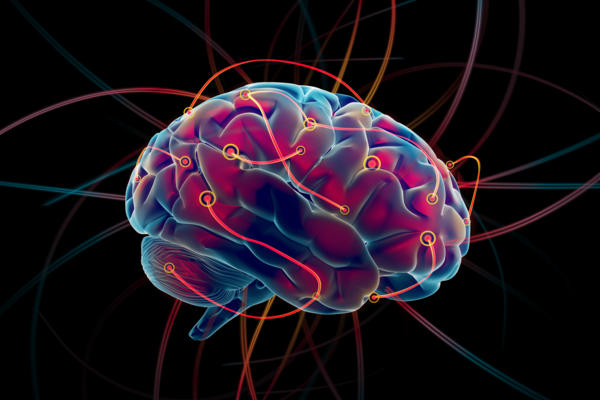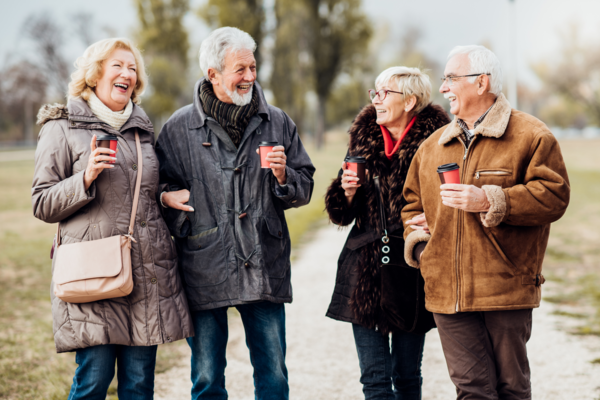Main Second Level Navigation
Breadcrumbs
- Home
- News & Events
- News
- Finding more effective ways to treat depression in older adults
Finding more effective ways to treat depression in older adults
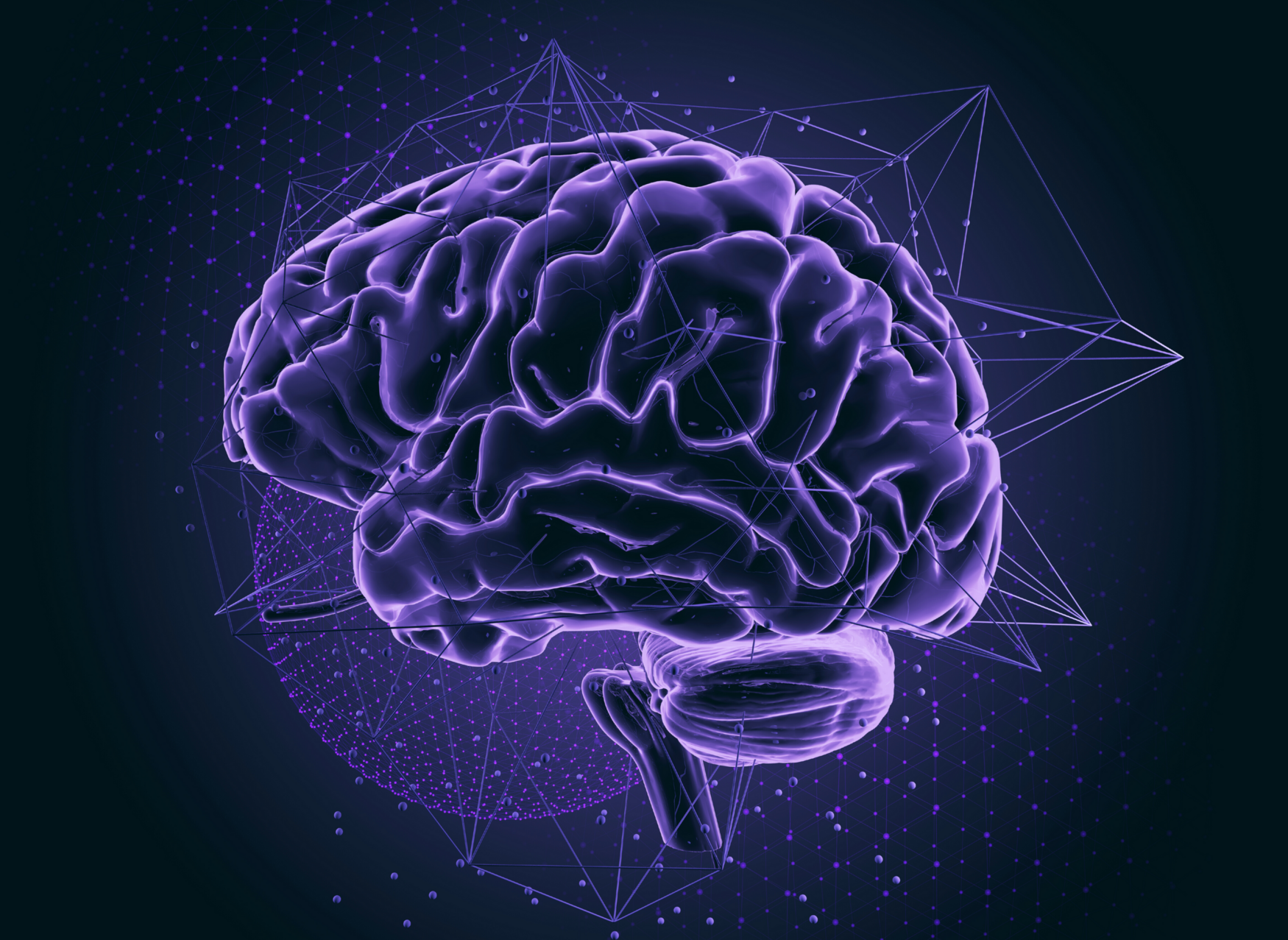
Repetitive transcranial magnetic stimulation (rTMS) is used to treat depression, but it’s effectiveness for older adults is widely disputed. In addition, researchers are still working to determine what form of rTMS produces the best results.
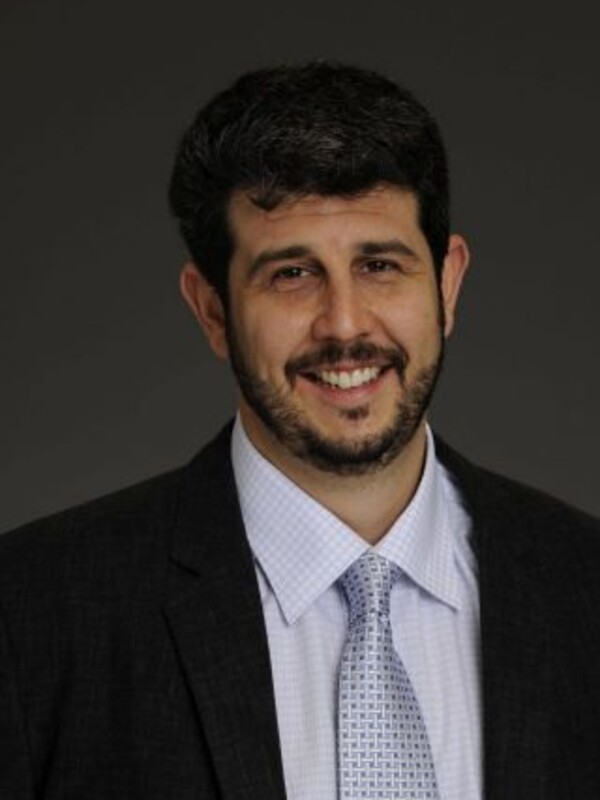
Dr. Daniel Blumberger and his team are studying the effectiveness of rTMS for older adults with treatment resistant depression, and have found that targeting more areas of the brain and using a faster form of rTMS may provide the best results. We spoke to Dr. Blumberger about his findings and the implications for treating older adults with depression.
What is rTMS?
DB: rTMS is an evidence-based technique to treat depression and other neuropsychiatric disorders. rTMS involves using a device that generates focused magnetic field pulses to directly stimulate neurons in the part of the brain called the cortex. Stimulation can focus on different brain regions such as parts of the brain that are associated with higher cognitive functions including emotion, language, learning, and planning.
What motivated this research?
DB: In older adults, most rTMS studies to date have been limited by small sample sizes and short treatment periods. Researchers are still working to determine what type of rTMS produces the best results for an individual patient.
Standard rTMS is usually applied to a part of the brain called the left dorsolateral prefrontal cortex. However, rTMS can be applied on both left and right sides of the brain during sessions. Our group has found that patients who received two-sided stimulation had higher rates of symptom remission. Two separate studies have demonstrated superior remission rates for depression with two-sided stimulation compared to one-sided stimulation in older patients with Treatment Resistant Depression (TRD).
In addition, studies suggest that theta-burst stimulation (TBS), which uses “patterned” bursts of stimulation, may help treat older adults with TRD. TBS can be applied for just a fraction of the time of the standard forms of treatment (4 minutes compared to 47.5 minutes).
Based on the advantages and previous successes using TBS to treat depression in younger adults, we designed a study to test the effectiveness of TBS in older adults compared to standard rTMS.
What was the most important finding of this study, in your opinion?
DB: Our findings provide strong evidence that TBS is very similar to standard rTMS in reducing depressive symptoms and achieving remission for older adults with TRD. Importantly, the participants that received TBS demonstrated an ongoing improvement four weeks after treatment stopped that was superior to standard rTMS. This finding of sustained and progressive improvement is consistent with the possibility that TBS may be more effective than standard rTMS protocols. To our knowledge, this was the largest randomized trial of rTMS in older adults with TRD.
How does this change treatment in the future?
DB: Since two-sided TBS is much quicker than standard rTMS, using rTMS could allow brain simulation programs to treat more patients in less time. Furthermore, the short session duration lends itself to accelerated treatment schedules, with multiple treatments per day leading to faster recovery.
Any next steps?
DB: We are currently finishing a pilot trial of an accelerated treatment schedule for older adults using the two-sided TBS approach used in this study and are planning an efficacy trial to confirm the treatment's effectiveness.
What is the major take home message for the public?
DB: Although there is a widespread assumption that rTMS is not generally suited for older adults with TRD, the results of our prior studies and this study clearly indicate that rTMS can help older adults as effectively as it helps younger adults, and perhaps even more effectively. Given its effectiveness and minimal side effects, two-sided rTMS or TBS should be considered as a treatment for older adults with TRD more frequently and earlier in their treatment plans.
Dr. Blumberberger published this article alongside University of Toronto Department of Psychiatry co-authors Dr. Benoit H. Mulsant, Dr. Gerasimos N. Konstantinou, Dr. Hyewon H. Lee, Dr. Sean M. Nestor, Dr. Tarek K. Rajji, Dr. Alisson P. Trevizol, and Dr. Jonathan Downar.
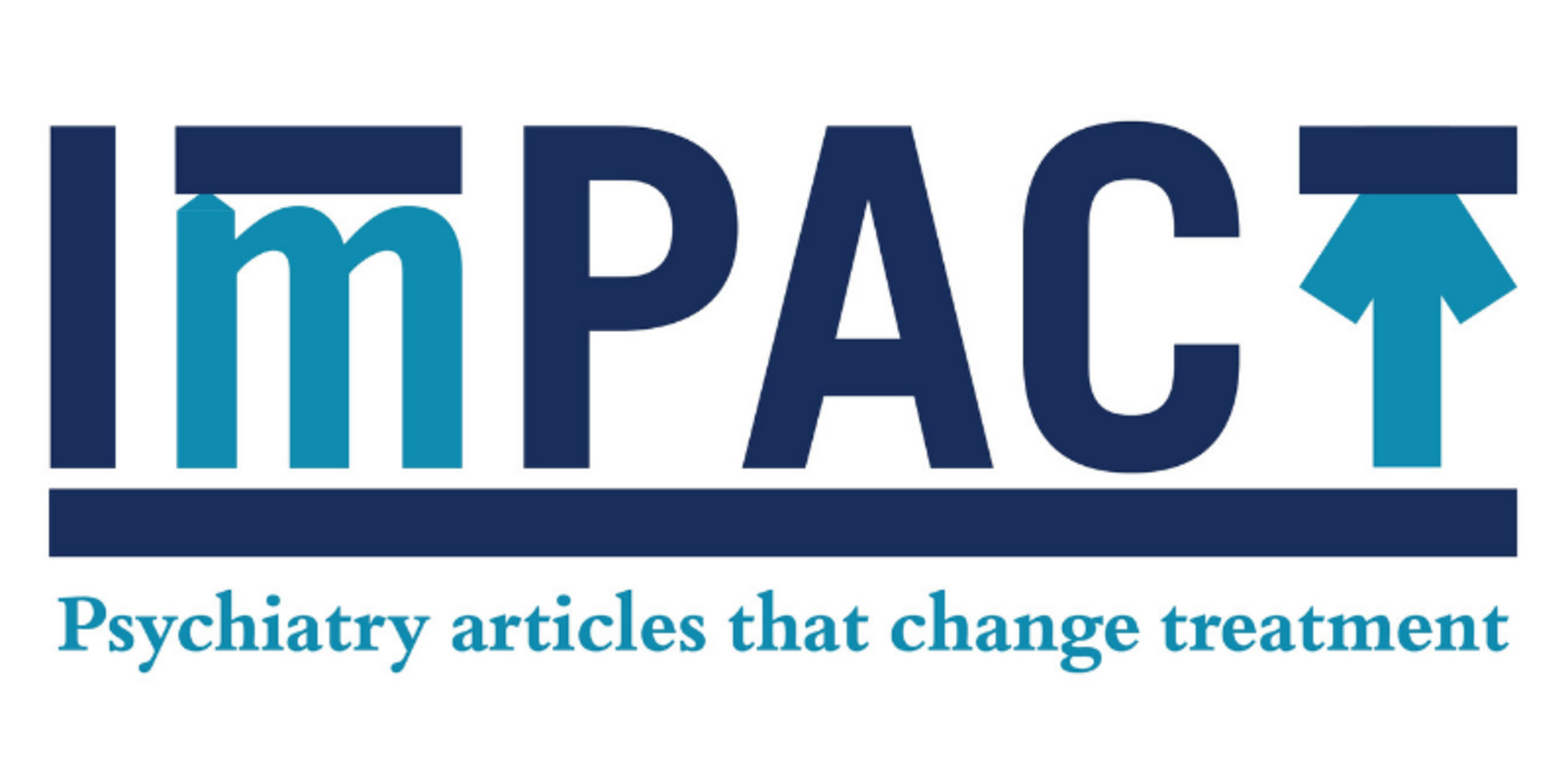
ImPACT Committee includes Krista Lanctôt, Alastair Flint, Meng-Chuan Lai and Simone Vigod.
Blumberger DM, Mulsant BH, Thorpe KE, McClintock SM, Konstantinou GN, Lee HH, Nestor SM, Noda Y, Rajji TK, Trevizol AP, Vila-Rodriguez F, Daskalakis ZJ, Downar J. Effectiveness of Standard Sequential Bilateral Repetitive Transcranial Magnetic Stimulation vs Bilateral Theta Burst Stimulation in Older Adults With Depression: The FOUR-D Randomized Noninferiority Clinical Trial. JAMA Psychiatry. 2022 Nov 1;79(11):1065-1073. doi: 10.1001/jamapsychiatry.2022.2862. PMID: 36129719; PMCID: PMC9494264.

